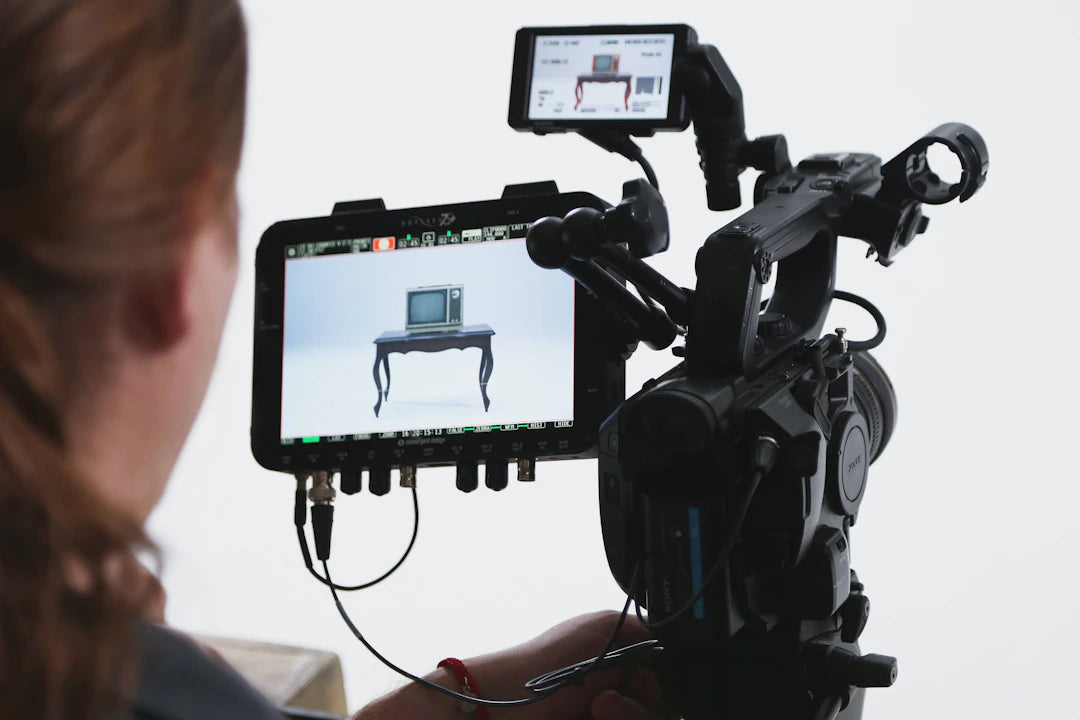Frequently Asked Questions
1. What are the main holster attachment methods discussed in the article?
2. What are the advantages of using a belt attachment for holsters?
3. What are some disadvantages of paddle holsters?
4. Why might someone choose a drop leg holster?
5. What should you consider when selecting the right holster for your needs?
When it comes to carrying your firearm safely and comfortably, choosing the right holster attachment method is crucial. Among the various options available, the belt attachment and paddle methods stand out for their convenience and reliability. In this guide, we’ll dive deep into multiple holster attachment methods, exploring their pros and cons. Whether you’re a seasoned gun owner or new to the world of personal safety, this article will equip you with the knowledge needed for an informed decision.
Understanding Holster Attachment Methods
Holster attachment methods play a significant role in how you carry your firearm daily. Each method has its distinct characteristics that can enhance or reduce your experience. Here are the primary methods we will explore:
- Belt Attachment
- Paddle Attachment
- Drop Leg Holsters
- Shoulder Holsters
- Concealed Carry Options
- Other Innovative Systems
Belt Attachment: A Timeless Classic
The belt attachment remains one of the most popular holster attachment methods. This method secures the holster to your belt via loops or clips, offering stability and reliability when carrying your firearm.
Advantages of Belt Attachment
Belt attachments provide several benefits, making them a top choice for many gun owners:
- Stability: A belt attachment method keeps your firearm in a fixed position, allowing for smooth drawing when needed.
- Variety: There are numerous designs and styles to choose from, catering to different preferences and needs.
- Accessibility: Many belt holsters offer quick access to your firearm, ensuring you can respond promptly in situations requiring it.
Disadvantages of Belt Attachment
Despite its many advantages, the belt attachment method does have a few drawbacks:
- Comfort: Depending on the design or your clothing, belt holsters can sometimes feel uncomfortable during prolonged wear.
- Visibility: Belt holsters may not always be the best option for those looking for concealed carry since they can be exposed depending on clothing fit.
Paddle Attachment: Quick and Easy
Paddle attachments have gained popularity for their ease of use. These holsters use a paddle that slips between your waistband and body, making them very easy to put on or take off without removing your belt.
Advantages of Paddle Attachment
The paddle method provides several key benefits:
- Ease of Use: They can be rapidly attached or detached, providing flexibility for various situations, especially when rapid concealment or access is needed.
- Adjustable Cant: Many paddle holsters allow for cant adjustments, letting users find their optimal draw angle.
- Comfort: Many users find paddle holsters more comfortable for daily wear, as they keep the holster tight against the body.
Disadvantages of Paddle Attachment
While paddle attachments offer significant advantages, they have some downsides as well:
- Security: The likelihood of the holster being dislodged is higher with paddles compared to belt attachments, which can be a concern during intense activities.
- Fit Issues: Some individuals may experience fit issues with paddles, particularly if they wear thicker or looser clothing.
Drop Leg Holsters: Tactical and Hands-Free
Drop leg holsters are a popular option for tactical applications, providing a unique method of carrying a firearm and offering a clearly defined space for baton storage solutions and accessories.
Advantages of Drop Leg Holsters
Here’s why some prefer drop leg holsters:
- Accessibility: These holsters are located lower on the body, making access easier, especially when seated or in certain tactical scenarios.
- Tactical Use: Ideal for military or law enforcement setups, drop leg holsters facilitate a wide range of movements and gear attachments.
- Avoiding Belt Bulk: By moving away from the waistband, drop leg holsters reduce bulk around the waist, which can be beneficial when wearing body armor or tactical gear.
Disadvantages of Drop Leg Holsters
However, drop leg holsters also come with some drawbacks:
- Bulky Appearance: The added bulk of having a holster further down your leg may be less discreet, especially for concealed carry.
- Adjustment Needs: These holsters often require adjustments to fit different body sizes, leading to longer setup times.
Shoulder Holsters: A Classic Concealment Option
Shoulder holsters carry your firearm under your arm, allowing for easy concealment beneath a jacket or outer layer. Many law enforcement and off-duty officers prefer this style for its discretion.
Advantages of Shoulder Holsters
There are several advantages that shoulder holsters bring to the table:
- Concealment: Perfect for wearing under jackets and coats, shoulder holsters offer excellent concealment, minimizing visibility issues.
- Comfort: When properly adjusted, shoulder holsters distribute weight evenly across the shoulders, making them comfortable for extended wear.
- Accessibility: They allow for a smooth, rapid draw motion, particularly advantageous in defensive situations.
Disadvantages of Shoulder Holsters
However, there are some cons associated with using shoulder holsters:
- Weight Distribution: Some may find the weight pulling on their shoulders to be uncomfortable, especially if not fitted properly.
- Limited Options: The selection for shoulder holsters may not be as vast as belt or paddle systems, potentially limiting customization.
Concealed Carry Holsters: Stay Under the Radar
For those who prioritize concealment, various concealed carry holsters are specifically designed to keep firearms discreet and secure. These options are typically smaller and easy to hide under clothing.
Advantages of Concealed Carry Holsters
Concealed carry holsters offer unique benefits, including:
- Low Profile: These holsters are designed to be as unobtrusive as possible, enabling personal safety without attracting attention.
- Variety of Options: From belly bands to ankle carry systems, there is a wide range of concealed options available to suit different situations and preferences.
- Flexibility: Many concealed options allow you to carry a secondary item, like a baton storage solution, for additional safety during carry.
Disadvantages of Concealed Carry Holsters
On the downside, concealed carry holsters have limitations:
- Accessibility Issues: The need for quick access can be impaired due to the concealed nature, making drawing more complicated.
- Comfort Depending on Fit: Depending on how fitted your clothing is, concealment may result in discomfort while seated or moving tactically.
Other Innovative Holster Systems
The market for holsters continues to evolve, with innovative systems being developed to meet the needs of modern gun owners. Options such as magnet-based systems and hybrid holsters provide unique features that might resonate with specific preferences.
Advantages of Innovative Holster Systems
These newer systems often come with advantages:
- Customizable Features: Many innovative systems allow users to tweak features based on their specific needs.
- Unique Carry Positions: Some options enable users to carry in non-traditional positions, which can help enhance discretion.
Disadvantages of Innovative Holster Systems
While beneficial, innovative systems may face several challenges:
- Learning Curve: New designs might require an adjustment period for users to become accustomed to their operation.
- Durability Concerns: Some of the newer materials and designs may not yet have proven longevity compared to traditional options.
Making the Right Choice for Your Needs
Every firearm owner has unique needs. Understanding various holster attachment methods enables you to select the best option suited for your lifestyle. Consider your daily activities, clothing choices, and overall comfort while making your decision. Testing different holsters is key; the right fit can significantly affect your experience.
Final Thoughts for the Informed Gun Owner
In your search for the perfect holster, exploring various attachment methods, such as belt and paddle systems, can provide insights into what works best for you. Remember, comfort, accessibility, and in some cases, concealability, will guide your choice. As you investigate your options, consider reputable brands and stay informed about innovation in the market, including practical solutions like baton storage solutions. The right holster makes carrying a firearm safer and more enjoyable. Make an informed decision, and you will be set on the path to a secure, comfortable carry.

